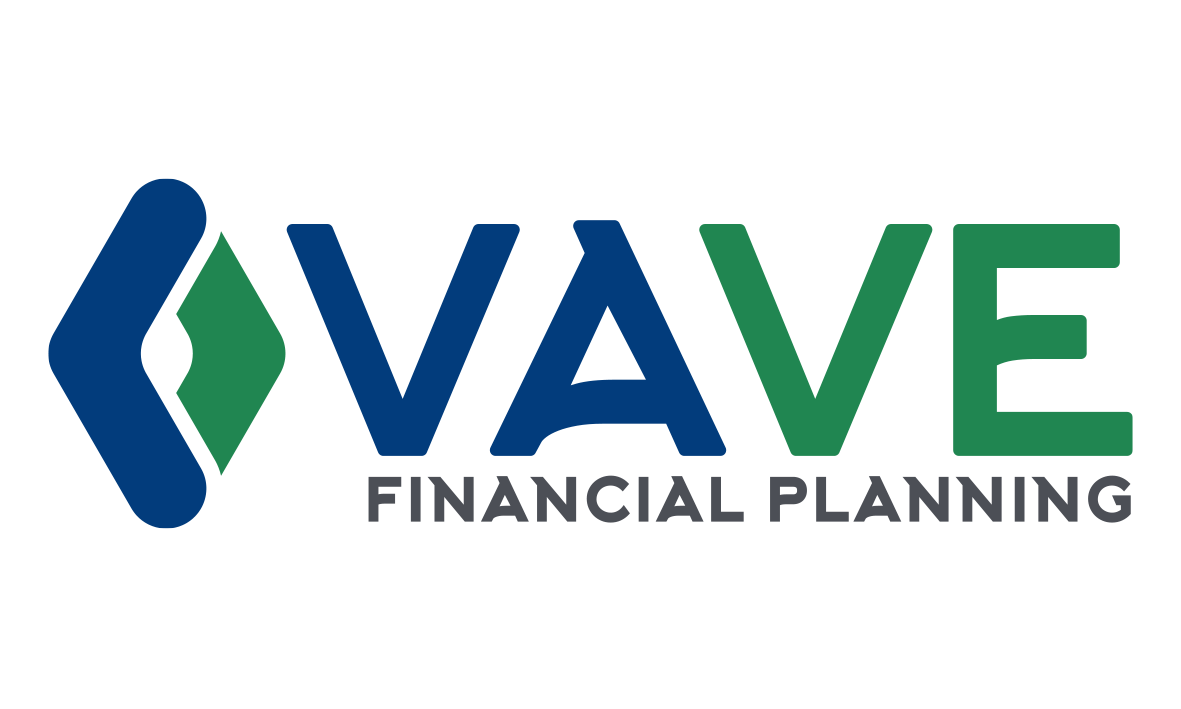We are almost in 2019! Here are 5 financial planning tips as we head towards the end of the year to help optimize your situation. While some actions should be done by the end of the year in order to qualify for this year’s taxes, there are some actions that are good practice to do once a year. The end of the year (and the beginning of next year) is a great time to look at it.
Re-balance your Investment portfolio
Take a look at your investment portfolio to see if the asset allocation is still in line with your long term goals. Some of your holdings may have gone up, some have gone down throughout 2018 so it may be time to re-balance back to your original asset allocation. Hopefully you have an easy to manage passive indexing portfolio and so there shouldn’t be too much work involved, or the work is already done for you (if you use a robo-advisor or an all in one ETF).
If you don’t have a good investment strategy or system, do consider having a portfolio audit done (read more about it here). A portfolio audit can help you understand the fees you are paying and whether your portfolio is built to achieve your long term goals.
Assess your tax situation
Take a look at what your taxable income will be for 2018. If you were in a low income year, perhaps unemployed for part of the year or on maternity/parental leave, you may have some opportunities to take advantage of your lower marginal tax rate. Perhaps you may even want to withdraw money from your registered investments to lower or eliminate your tax burden. If you are in a high tax bracket, you may want to look at reducing your taxable income by using your RRSPs (see next section).
Also consider what your tax situation will be in 2019 and whether or not you may have access to tax saving opportunities. There are also various income splitting strategies that you can implement if you are married.
Contribute to your TFSA/RRSP/RESP
Based on your tax situation this year or next year, you may determine if TFSAs or RRSPs are more appropriate. See this article that discusses. Very generally, if you are in a low tax bracket in any given year, don’t invest into your RRSPs, and instead look at investing in your TFSAs.
If you have kids, you may want to top up your annual contribution per child to maximize the Canadian Education Savings Grant. Each year, you can receive up to $500 in CESG if you invest $2,500. You may be able to catch up on previous years where you have not contributed but the maximum grant per year including the catch up amount is $1,000.
Realize capital gains or losses
Realizing capital gains or losses is only relevant if you have non-registered investments. If you have some unrealized losses, you may want to trigger them to offset any capital gains. You may want to consider some tax-loss harvesting opportunities although there are some intricate rules to keep in mind when executing this strategy.
Make charitable donations
If you are planning to make charitable donations, you need to make them before the end of the year in order to get the tax credit for this calendar year.

